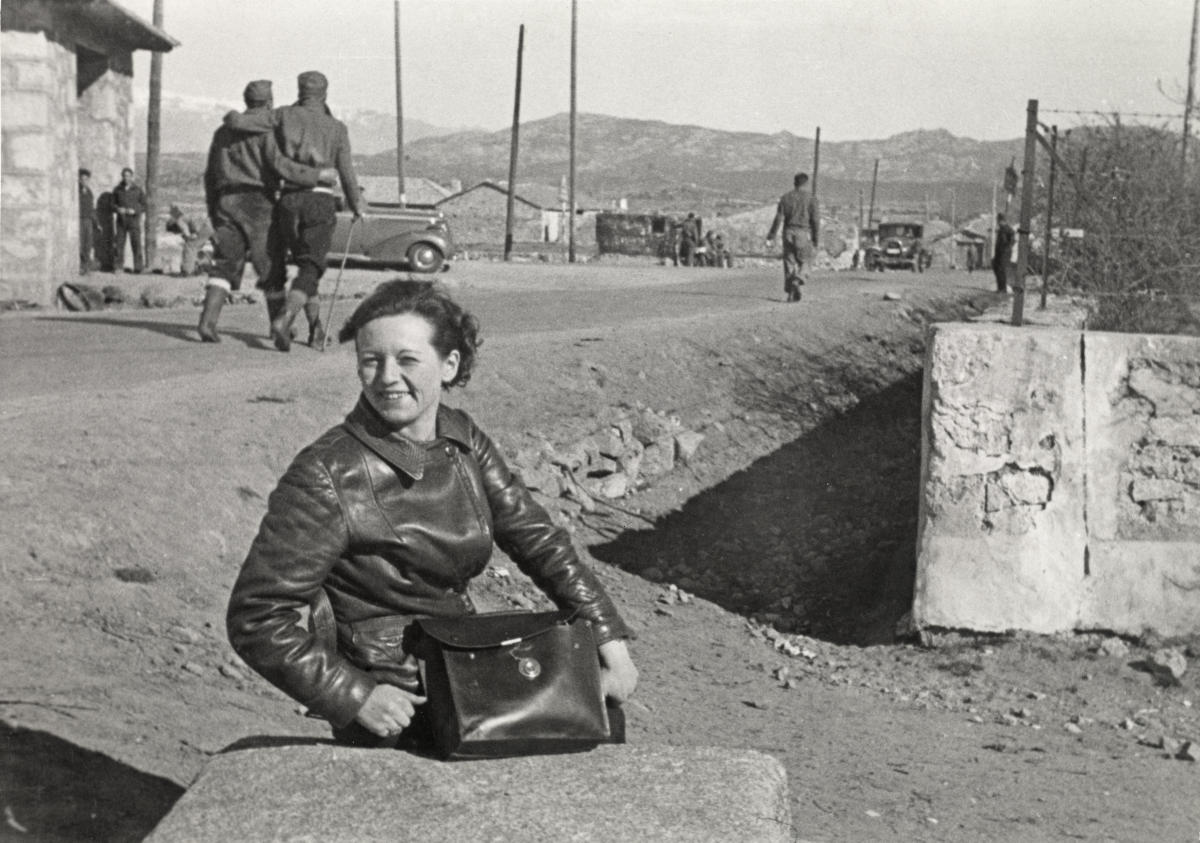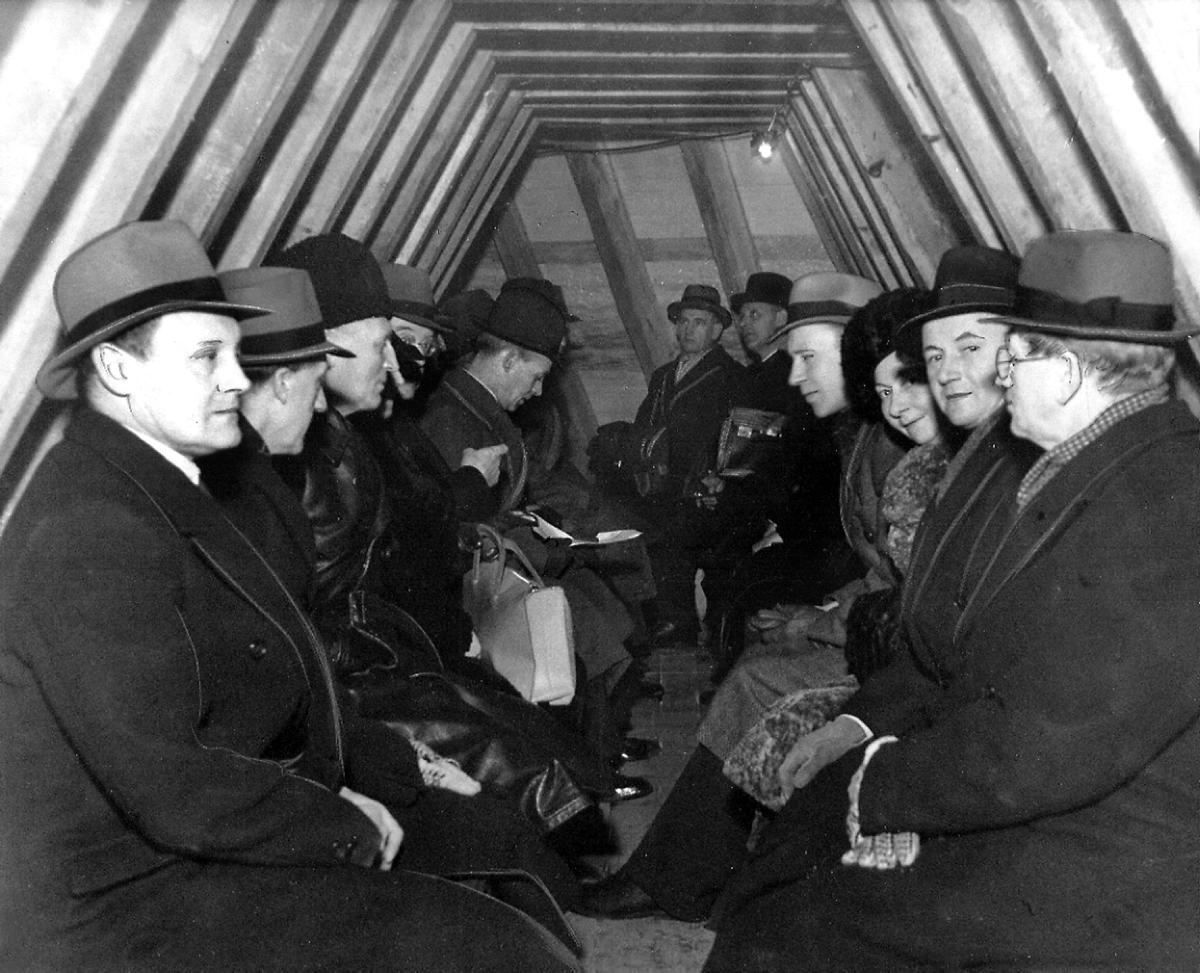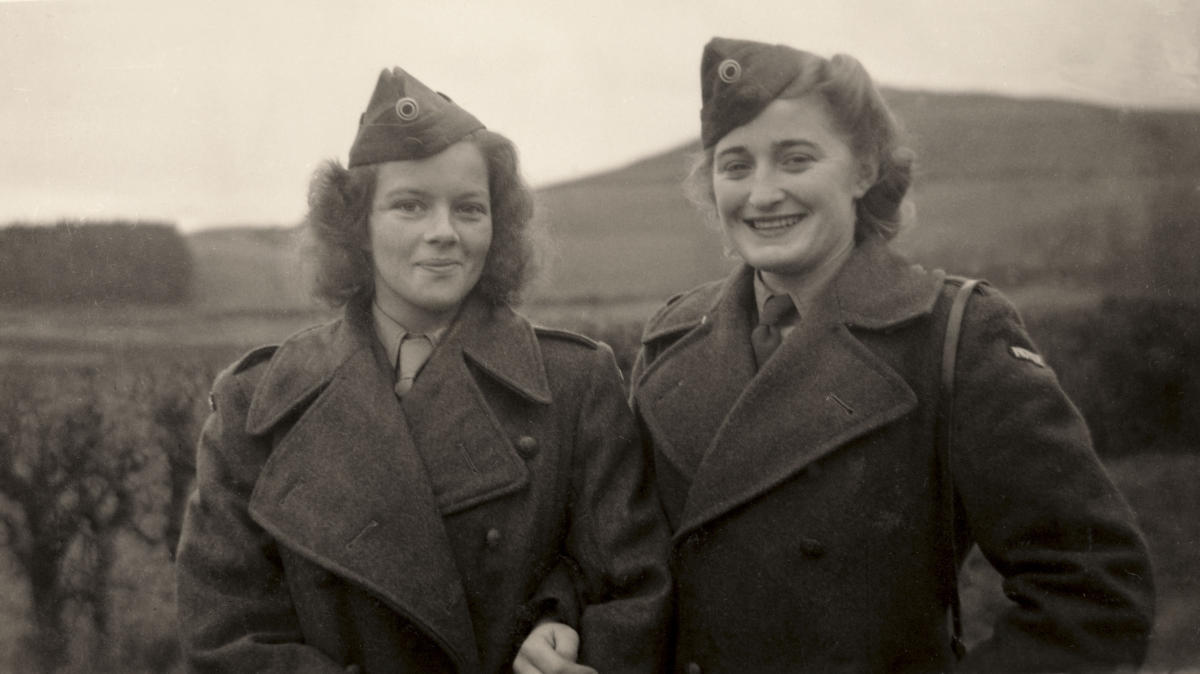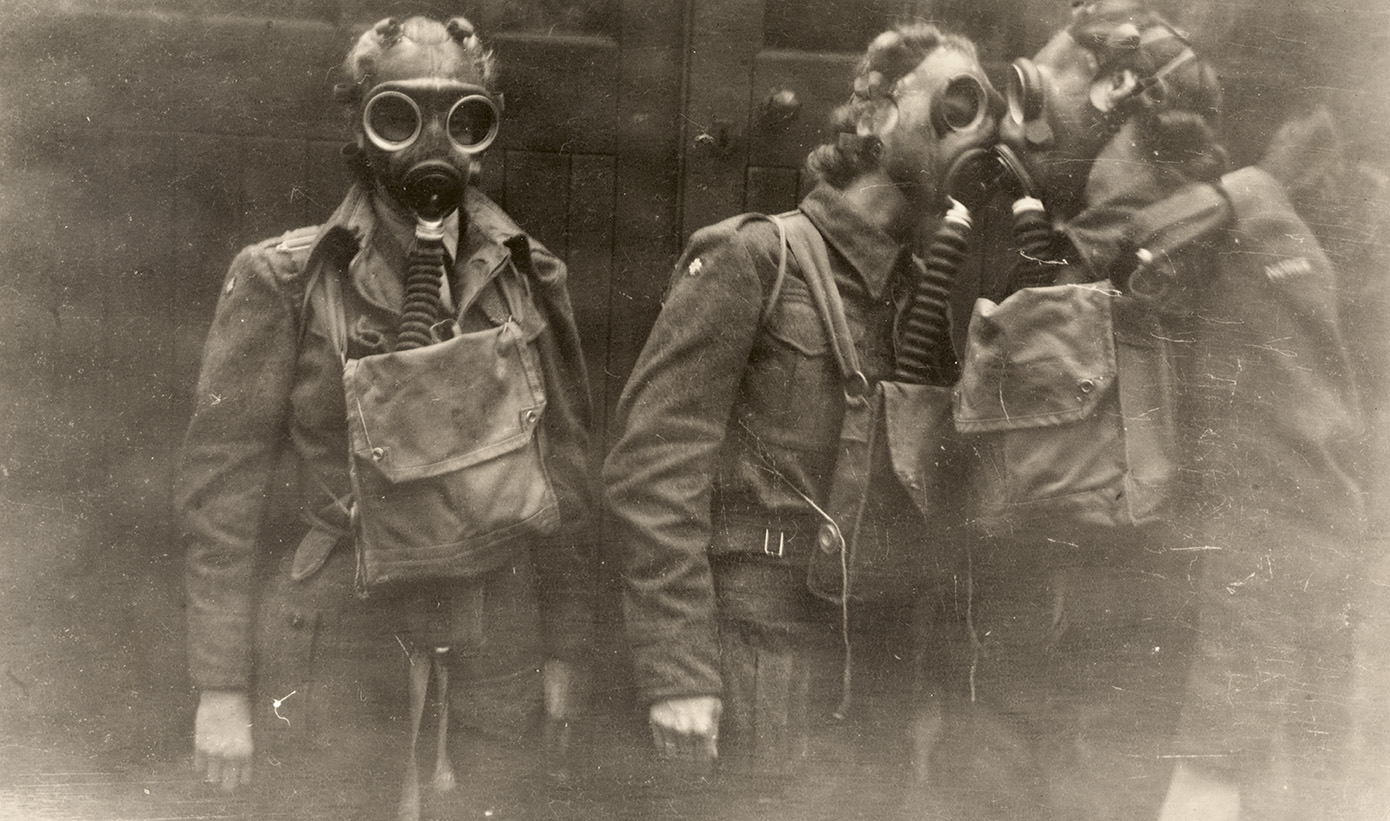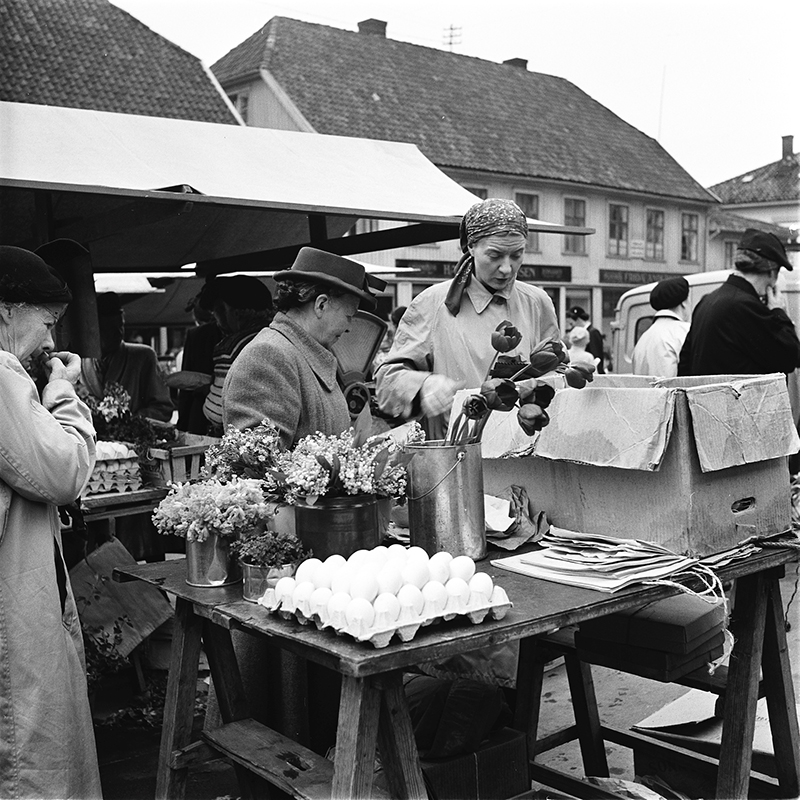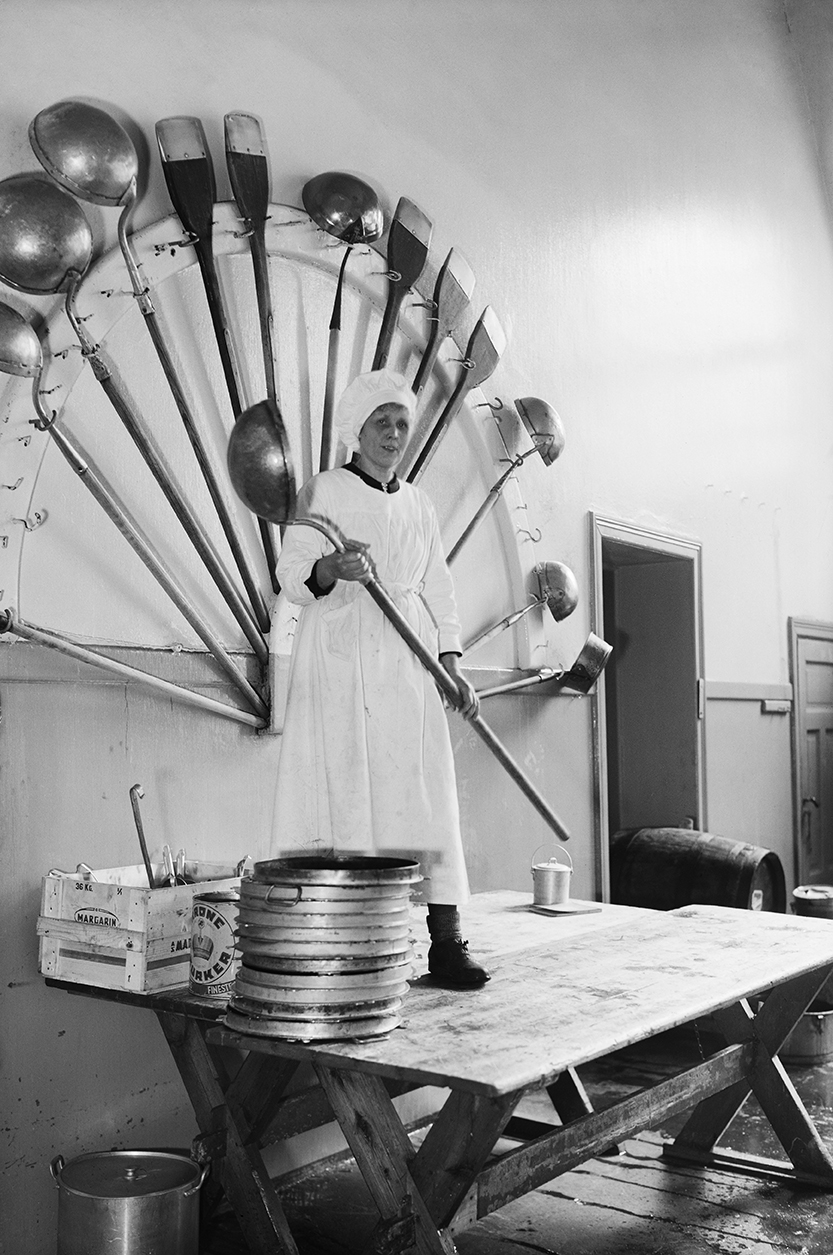Wartime

Elisabeth Meyer,The liberation of the Grini Camp, 8th of May 1945. Preus museum's collection
For Europe, the years 1935–50 were a period of war and conflict. The exhibition “Wartime” features the work of several Norwegian female photographers who were active in the genres of documentary and journalistic photography in the public sphere during those years. Although most of them are all but forgotten today, they deserve a fresh showing, since their work is of a consistently high quality and constitutes an important contribution to the documentation of an era defined by contrasts.
In 1922, Italy came under the thumb of Mussolini and his fascists. In Germany, Hitler and the Nazis grabbed power in 1933. In 1936, civil war exploded in Spain when the “nationalists” led by Franco refused to acknowledge the legitimately elected government. Of the 59,000 plus foreigners who took part in the international brigades on the Republican side, more than 250 were Norwegian. They included the journalist and photographer Gerda Grepp, who filed reports for Arbeiderbladet and various international papers.
When the Soviet Union attacked Finland in November 1939, three months after the start of World War II, Alma Braathen was sent to cover the Winter War as war correspondent for Dagens Nyheter. Together with Kari Berggrav, she also documented the fighting in Narvik in 1940, the liberation of Northern Norway in 1945, the treatment of Soviet prisoners, and the first steps towards reconstruction among the devastated communities of the north.
For several women, photography was an element of military service during World War II. This was the case for Sissel Lie, a member of the Women’s Corps of the Norwegian Army in Scotland, and Katrine Christie, serving in Little Norway, Canada.
Rigmor Delphin and Elisabeth Meyer helped to document Norway’s liberation in 1945, and together with Esther Langberg, the everyday life of the period, sending their photographs to periodicals such as URD (from 1897) and the newly established women’s magazines Alle Kvinners Blad (from 1937) and Kvinner og Klær (from 1941).
The exhibition is a collaboration between Preus museum, the Norwegian Museum of Science and Technology, the Norwegian Labour Movement Archives and Library (Arbark), Oslo Museum and Tone Svinningen.
